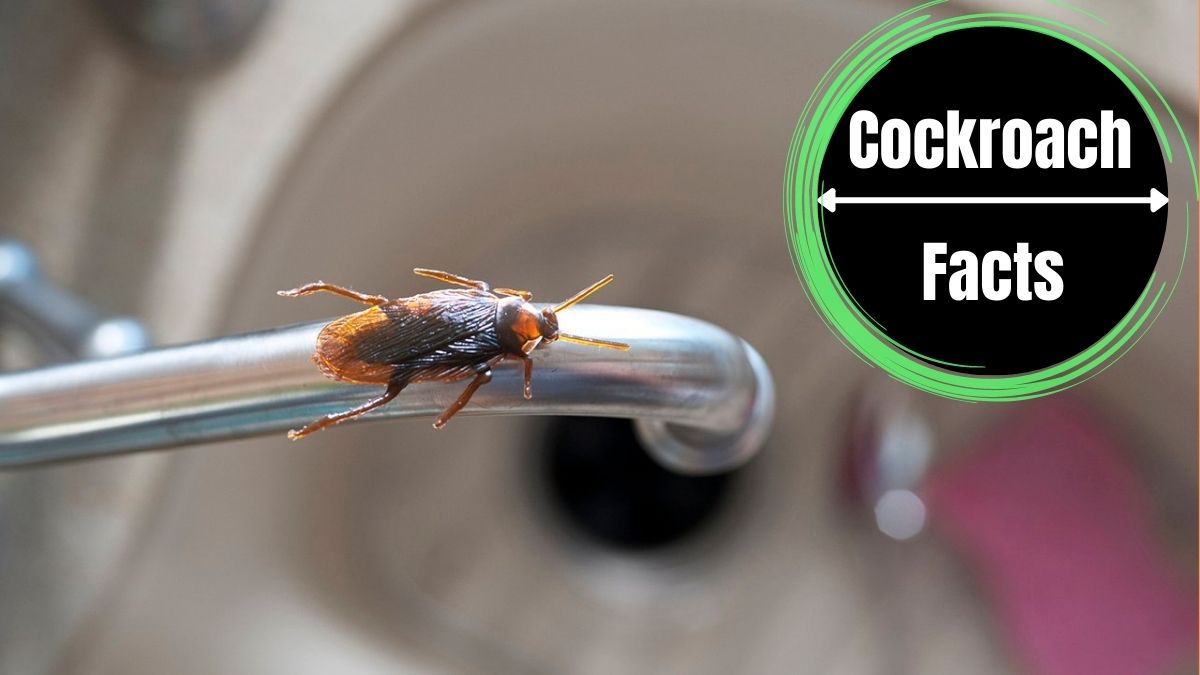Cockroaches are ancient insects that have survived on Earth for millions of years, adapting to various environments and displaying remarkable resilience. These small creatures are often associated with unclean and unsanitary conditions, which has led to misconceptions about their survival strategies, including their water consumption habits. Let’s discuss that Do Cockroaches Drink Water?
Water Needs of Cockroaches
Like all living organisms, cockroaches require water to survive. Adequate hydration is vital for their physiological processes, including digestion, respiration, and waste elimination. While these insects can survive for extended periods without food, they cannot last long without access to water.
Obtaining Water
Cockroaches are resourceful creatures, and they have developed several strategies to obtain water in their natural habitats, which include urban environments, forests, grasslands, and even deserts.
Water Sources in Nature
In the wild, cockroaches find water from various natural sources such as dew on leaves, puddles, streams, and other stagnant water bodies. They are most active during the night when humidity levels are higher, making it easier for them to locate water.
Consuming Food with High Water Content
Cockroaches are scavengers, and they often feed on decaying organic matter. Many of the foods they eat, such as fruits and vegetables, contain a significant amount of water, allowing them to stay hydrated while obtaining nourishment.
Water Absorption through Exoskeleton
Cockroaches have a unique ability to absorb water through their exoskeleton. The cuticle, the hard outer layer of their body, is permeable to water vapor. When they are exposed to a moist environment or high humidity, they can rehydrate through this process.
Water-Seeking Behavior
Cockroaches exhibit water-seeking behavior when they are dehydrated. They can be observed actively exploring their surroundings in search of water sources, even displaying a preference for water over food during extreme thirst.
Adaptations for Survival
Cockroaches have evolved various physiological and behavioral adaptations to survive in harsh conditions with limited water availability:
Reduced Water Loss
Their exoskeleton plays a vital role in reducing water loss from their bodies. The cuticle acts as a barrier, preventing excessive evaporation and helping them conserve water.
Metabolic Water Production
Like many insects, cockroaches can produce water as a byproduct of their metabolic processes. During the breakdown of carbohydrates and fats, they release water, which partially compensates for their water needs.
Entering the State of Torpor
When faced with extreme water scarcity, cockroaches can enter a state of torpor, a period of inactivity similar to hibernation. During torpor, their metabolic rate significantly decreases, allowing them to conserve energy and water until conditions improve.
Conclusion
Contrary to popular belief, cockroaches are not indiscriminate water drinkers. They possess fascinating adaptations and behaviors that enable them to survive in various environments, even those with limited water resources. These resilient insects demonstrate incredible resourcefulness, relying on their exoskeleton’s water absorption, water-containing food sources, and their ability to seek out water when necessary. Understanding these aspects of cockroaches’ hydration habits can lead to better pest control strategies while also fostering a greater appreciation for the remarkable survival skills of these ancient insects.

